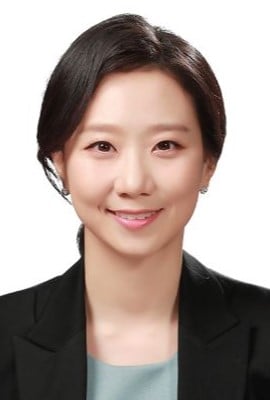Asia Pacific accounts for 32% of the global beauty and personal care market, as of 2023. Within the region, the top four markets – China, Japan, India, and South Korea – each exhibit unique developmental trajectories. However, they also share notable commonalities and trends that can serve as references for each other.
Three key trends identified across all four markets for 2024 are value hacking, polarisation, and population change
Source: Euromonitor International
Beyond budget: Value hackers are redefining beauty in Asia Pacific
Value hacking is not only about cheapness. Rather than simply trading down or cutting spending, consumers are becoming more deliberate in their purchasing, and pursuing lifestyle tricks to help make the most of their money. According to Euromonitor’s Voice of the Consumer: Beauty Survey, fielded June to July 2023, three common features – Quality/Effectiveness, Wellness, and Multifunction – emerged as the top desired attributes in skin care and colour cosmetics for China, Japan, India, and South Korea. These are all aspects of value hacking among consumers because products with these features included give more value, not limited to price but to overall personal consumer value.
Consumers are willing to pay more for proven benefits, quality, and effectiveness. Domestic companies in these four countries emphasise more on their science and technology to better compete with international brands. For example, Proya in China has succeeded with products that contain high-quality ingredients such as retinol and polypeptide but at a more cost-effective price, gaining favour among value-conscious consumers.
Wellness
Products that orientate around wellness are gaining popularity. In South Korea, use of the gwalsa, a traditional massage bar, is incorporated with stress balms and skin care products to offer stress management in addition to skin care functionalities. These products effectively support the demand for pursuing holistic health and mental wellbeing while using beauty products.
Multifunction
As cost-effective and time-saving options, multifunctional products are highly welcomed in the market. Products are offering multiple benefits in a single item. For example, Obagi from Japan launched a skin care product that can replace colour cosmetics and sun care. Such products are becoming the obvious choice for many other brands as well.
Polarisation: How are mass and premium brands winning consumers?
Consumers in these four countries are showing a preference for the high and low ends rather than the mid-range, fuelling substantial growth for mass and premium. Amidst the fiercely competitive beauty industry, this polarisation trend forces both mass and premium brands to employ tailored strategies to attract consumers.
Premium brands, often celebrity owned or endorsed, leverage events and miniature product versions to create allure and encourage trial. International expansion is facilitated through partnerships with local retailers, exemplified by Fenty Beauty's collaboration with Nykaa in India. Meanwhile, mass brands rely on discounts and fashionable multipurpose product releases. Some non-beauty specialists, like Daiso in Japan and South Korea and Zudio in India, have also launched private label beauty products or collaborate with local mass brands.
As both tiers tap into consumers to expand further, unlike in previous years where mass and premium movements were different – with one market absorbing the other – in 2022, 2023 and onwards, the two are expected to show similar growth, reflecting polarisation.
Population shift works differently in each country. For some nations, ageing population and the silver segment present opportunities, while low fertility rates could be the topic of another society. Yet, within these demographic changes, there is always an opportunity.
Charting Asia Pacific’s future trends and opportunities
Asia Pacific sits as the leading region in the beauty and personal care industry.
While market growth may not be as rapid as in the past, new opportunities abound
The key trends shaping this market will define future opportunities, and those who adeptly adapt to these trends will succeed. Market studies are crucial, supported by analyses such as examining neighbouring regions to inspire innovative product development or identifying emerging trends for the next steps forward.
Watch our video, Opportunities in Beauty and Personal Care in Asia Pacific, to unlock more insights. Learn more about the beauty industry in our report, Beauty and Personal Care in Asia Pacific, to discover the market trends in Asia Pacific countries.


